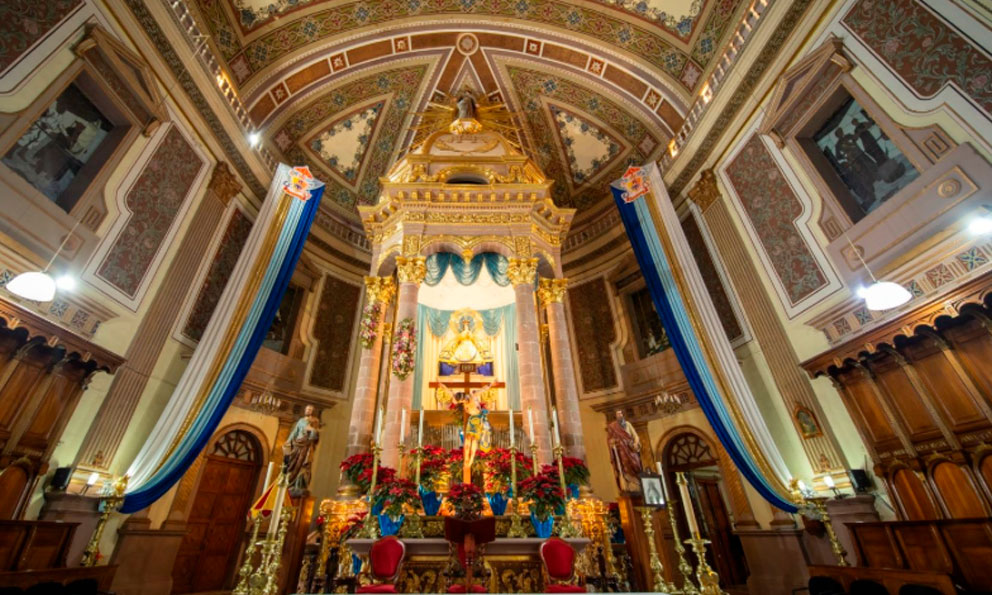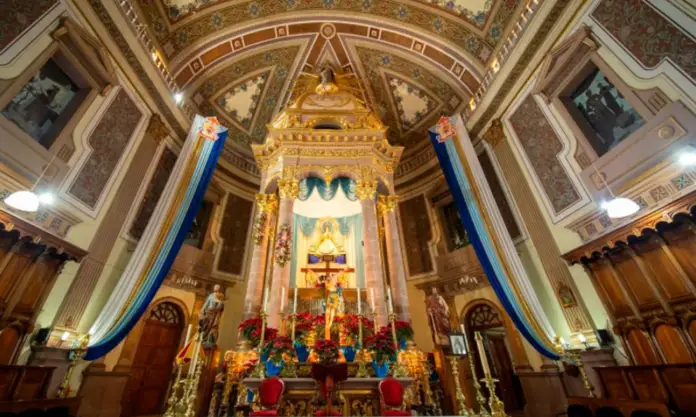In the Textiles Room of the National Museum of Anthropology (MNA), the general director of the National Institute of Anthropology and History (INAH), Diego Prieto Hernández, signed, on January 24, 2025, the Technical File for Application to the World Heritage List, of the United Nations Educational, Scientific and Cultural Organization (UNESCO), of the property “Pátzcuaro. Site of Humanistic Memory and Cultural Confluence”, together with its Integrated Management, Conservation and Safeguarding Plan.
This candidacy, in addition to emphasizing the Purépecha values of the pre-Hispanic era, has unique significance, since it is the first Mexican nomination for the category of Site of Humanistic Memory and Cultural Confluence, established by UNESCO in 2023.
The head of the INAH, an organ of the Ministry of Culture of the Government of Mexico, signed the document in his capacity as president of the Mexican World Heritage Committee and representative of our country before the World Heritage Convention, for the nominations to the UNESCO World Heritage List.
He was accompanied, as an honorary witness and representing the governor of Michoacán, Alfredo Ramírez Bedolla, by the state secretary of Culture, Tamara Sosa Alanís.
At the ceremony, anthropologist Diego Prieto said that “Pátzcuaro. “Site of Humanistic Memory and Cultural Confluence” is a metaphor for our country and a reflection on what is known today as Mexican humanism, based on the idea that the fundamental subject of modernization is the community, in contrast to the Western vision centered on the individual.
“The delivery of this file shows that Mexico has much to offer the international community, not only to defend the cultural diversity of the world, but to find in it references and solutions to the civilizational crisis,” she said.
The Secretary of Culture of Michoacán, Tamara Sosa Alanís, highlighted the joint work and the will of the three levels of government to preserve the heritage of the entity. “We are excited, because getting here is a significant advance for us, not only for the possibility of making visible what Pátzcuaro represents for Michoacán, but for the entire country.”
The document was delivered on January 27, 2025, to the UNESCO World Heritage Center, based in Paris, France, by Governor Alfredo Ramírez Bedolla, to be evaluated by the World Heritage Committee in the coming months, said the director of World Heritage of the INAH, Francisco Vidargas Acosta.
Also present were the director of Heritage, Protection and Conservation of Monuments and Historic Sites of the Ministry of Culture of Michoacán, Marco Antonio Calderón; the director of the MNA, Antonio Saborit García-Peña, and the head of the INAH Michoacán Center, Marco Antonio Rodríguez Espinosa.
The nominated cultural area is located in the Historic Center of Pátzcuaro and covers more than six hectares, within which are located: the Basilica of Our Lady of Health, the Primitive College of San Nicolás, the temples of the Company of Jesus and the Sagrario, the Old Jesuit College, the Santa Marta Hospital and the Plaza Don Vasco.
These buildings reflect ideals such as dignity, hospitality, health, education and cultural confluence. According to the International Council of Monuments and Sites, Sites of Humanistic Memory and Cultural Confluence are spaces associated with the future and sense of belonging developed by a community over time. Under this definition, Pátzcuaro shows seven centuries of antiquity, through its historical and architectural substrata.
An example of this is that the seat of viceregal religious and political power was erected, at the request of Vasco de Quiroga, on a Purépecha ceremonial site.
From the encounter between Quiroguian humanism and the pre-Columbian ecumene, unique institutions emerged, dedicated to the creation of a society where indigenous people, Europeans and mestizos could be formed based on values of tolerance, dignity, hospitality, justice, reconciliation and education.
The Technical Application File is the result of the work of academics and technicians from institutions such as the Michoacana University of San Nicolás de Hidalgo, municipal authorities and civil associations, under the coordination of the Government of the State of Michoacán, with the close and permanent advice of the INAH.

Source: planoinformativo




